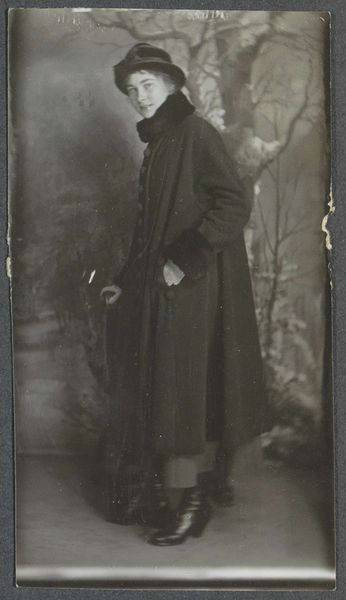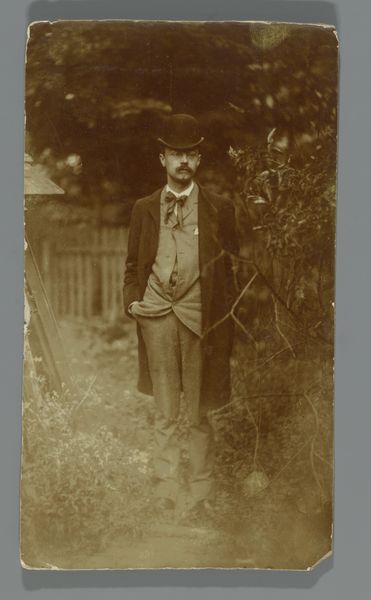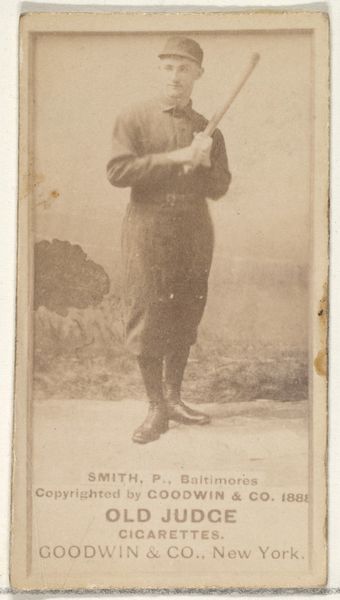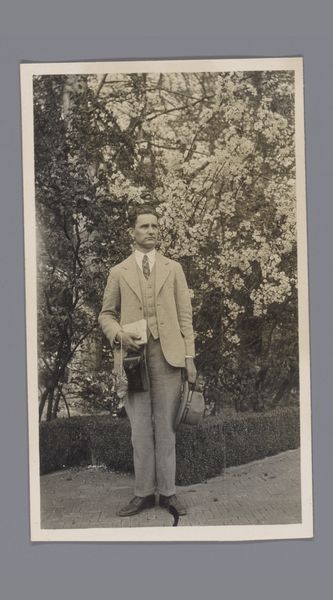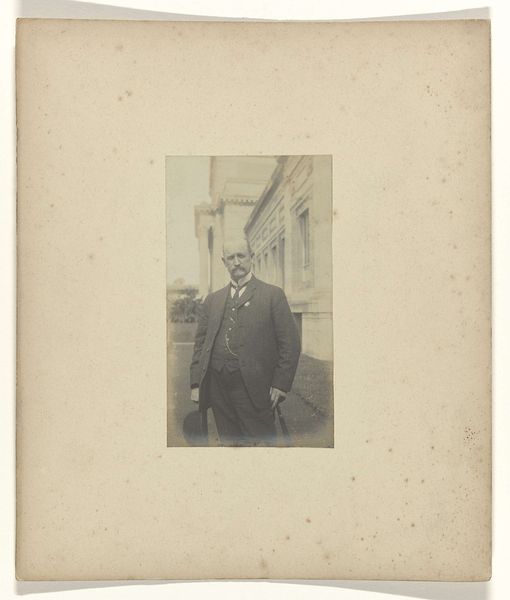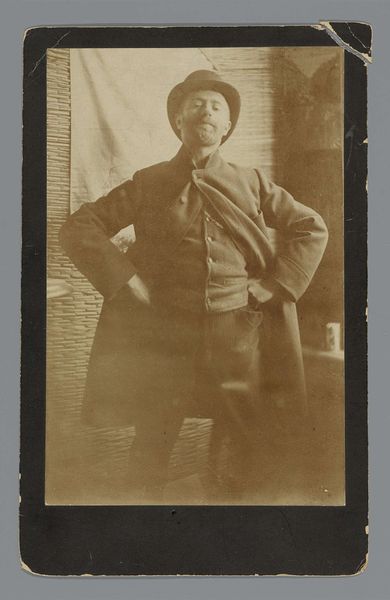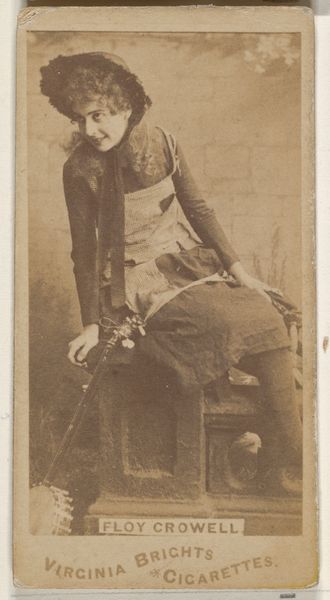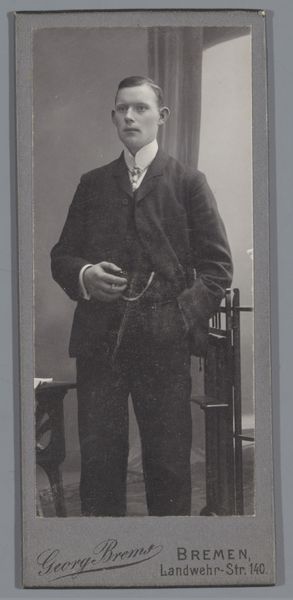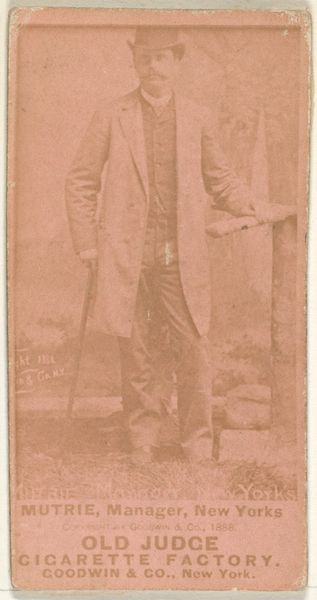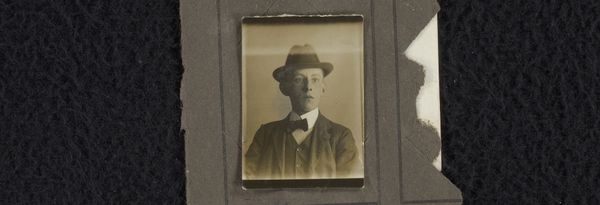
daguerreotype, photography
#
portrait
#
daguerreotype
#
photography
#
realism
Dimensions: height 101 mm, width 80 mm
Copyright: Rijks Museum: Open Domain
Editor: We’re looking at a daguerreotype, "Portret van arrondissementsijker Johannes Theodorus Munnich," created anonymously sometime between 1839 and 1855. It's a portrait, naturally, and the sitter has this very serious, almost stoic expression. What significance do you see in this early photographic image? Curator: Notice how the emerging medium of photography itself carries weight. Early photographs, especially portraits, possessed an aura, almost a relic quality. People understood that they were capturing not just an image, but a presence, a moment in time made tangible. The subject's stoicism might reflect the gravity of the process itself; it was a more solemn occasion than we experience with photography today. Editor: That makes sense. So the *act* of being photographed would influence how people presented themselves. Do you see other visual elements that suggest the values of the time? Curator: The careful attire, the almost theatrical posing near the doorway amidst the foliage-- these things signal a deliberate construction of identity. Think about it; in a world where visual representation was scarce, what did it mean to control and preserve your likeness? There is a degree of self-consciousness in the portrait, with cultural expectations dictating not only one’s behavior but also the capturing and presentation of it. Is there anything else that calls your attention? Editor: It's interesting to consider this from the viewpoint of how a culture views image-making. Thank you, I see much more here now! Curator: It is a valuable exercise indeed; the symbolic power of the image connects directly with both personal identity and communal values.
Comments
No comments
Be the first to comment and join the conversation on the ultimate creative platform.
